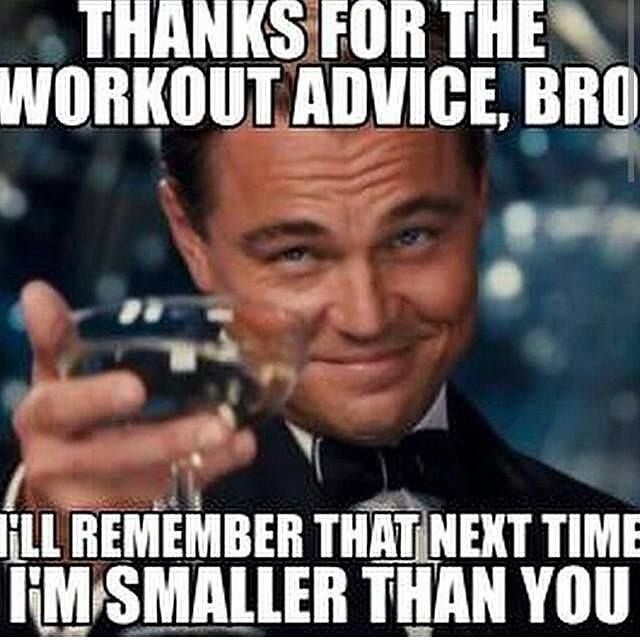Novice or Advanced? The Answer Might Surprise You
I've had a hard time considering myself a novice.
The entire Captains of Crush family.
When I ordered my first Captains of Crush grippers, I ignored the recommended starting point. "I can almost deadlift three times my bodyweight," I remember thinking. "Why would I need a 'Trainer' set?"
Thirty minutes after the grippers arrived? I was on Amazon, choking down my inflated sense of self, ordering the "Trainer."
It was far from the first time I've made that mistake, and I've been as guilty as the next person thinking I'm "advanced." After all, novices are people who have never sniffed a weight, still use the term "kettleballs,” or think "arm day" involves hundreds of tricep kickbacks. Right?
Wrong.
Most of us — including myself — can be considered novices. We don't want to admit it, because as human beings, we innately avoid that label. But a true test of your mastery is not what you can lift. Instead, the questions you should ask yourself are 1) how is my progress and 2) how is my technique? I'll explain.
How is my Progress?
Perhaps the best example of a novice versus advanced trainee can be seen in the type of progress each experiences. For example, from August 2013 to December 2014, I added 100 pounds to my deadlift—going from 400 to 500 pounds. Strong? I'd like to think so (that is, until I go on YouTube and suddenly feel very weak). But advanced? Not really.
Sadly, this is what I used to believe. Not anymore.
When someone is a novice, there are a variety of ways they can get stronger. Improving neural connections, increasing muscle mass, improving technique, a better cognitive understanding of the lift, etc. Add these together and someone can make significant strength gains during a relatively short time. And if you're currently making these types of gains, congratulations! You're kicking butt. But you're also a novice.
Advanced trainees have to fight tooth and nail to put five to fifteen pounds on their deadlift over the span of a year. They don't have as much room for adaptations anymore. And as the weight gets heavier, it becomes more demanding on their central nervous system. This impacts their ability to recover between workouts, and of course, the ability to hit new highs. For an average male trainee, going from 250 to 300 pounds on a deadlift won't be nearly as tough as going from 550 to 600 pounds.
How is my Technique?
If you're like me, you've just read the last two paragraphs and still believe you're advanced—because you've been stuck for months or years at the same weight on a specific lift. So that must mean you’re not a novice, right? Well, now the question becomes: how is your technique? If it's anything but immaculate then, congratulations, you are probably a novice.
I've had people come to me about their lack of progress on the kettlebell press, only to see their forearm is nowhere near vertical when they initiate the press. Other times, people are deadlifting in the wrong style for their body type or don't quite know what it means to "push through the floor."
Advanced lifters, on the other hand, will present with near perfect technique that they've honed with years (decades?) of practice. With a fluidity and a grace to their lifts, they're easy to spot over your regular gym-goer.
The Takeaway?
So why does this all matter? One of my favorite principles of StrongFirst is to be a “student of strength.” Once you begin to think you're above the novice level, it's easy to start thinking that nothing is new under the sun. And you may even think that an advanced program like the Soviet Squat routine is the solution to your squatting woes, rather than simply following Dan John's 40-day Easy Strength program (and yes, I'm speaking from experience).
So ask yourself: how is my progress and how is my technique? Adopting the mentality of a novice might be just what you need.

